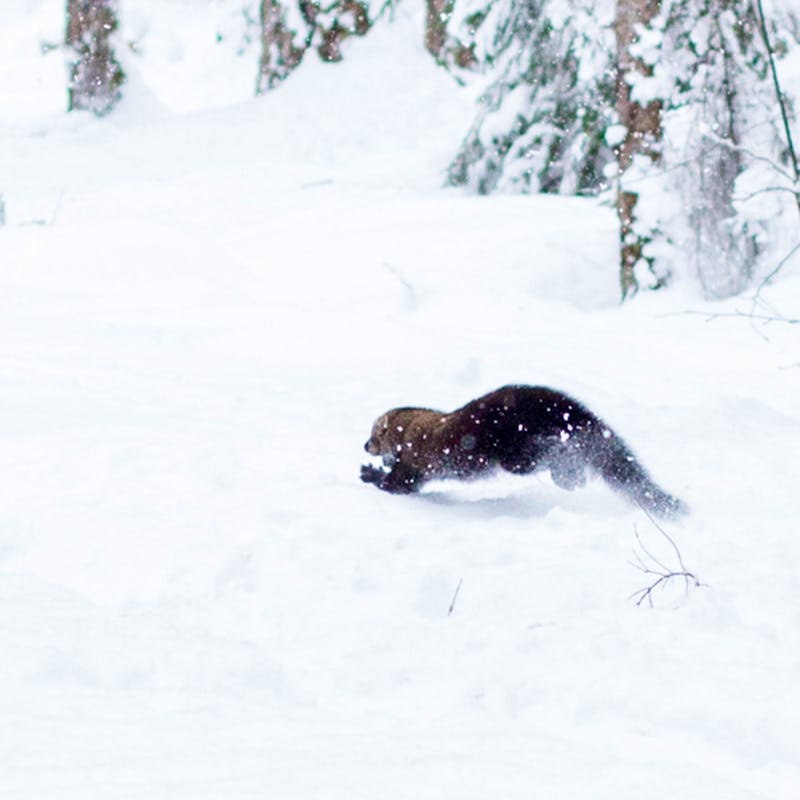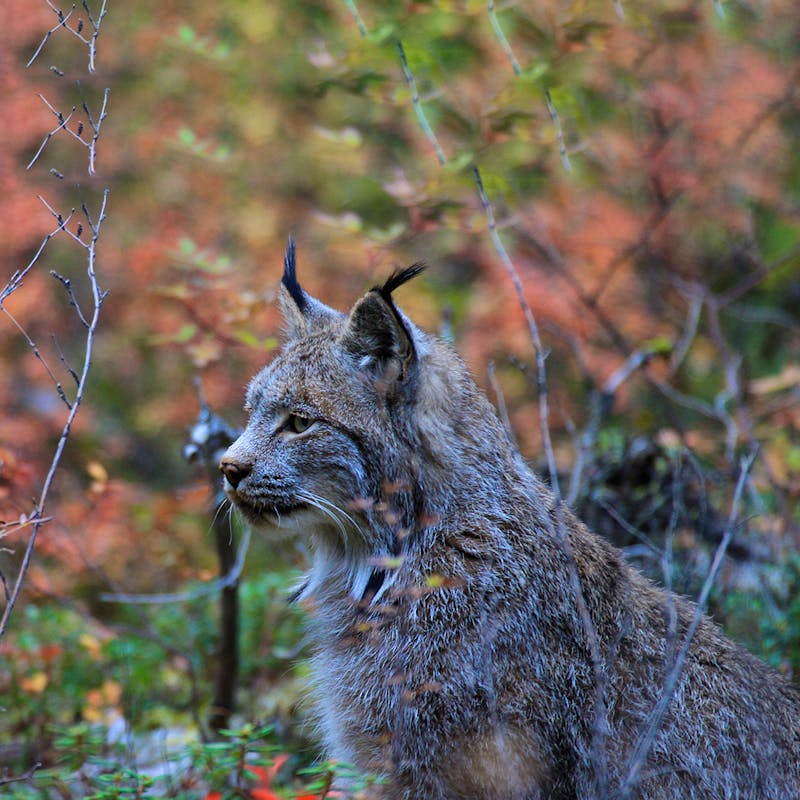Old-growth and mature forests are biodiversity strongholds. They are home to thousands of plants and animals, including over 100 threatened and endangered species. They also sequester and store significant quantities of carbon, essential for combatting the climate crisis. And they provide benefits like clean water and play host to culturally important places. Sadly, however, these precious ecosystems are under threat.
Decades of intensive logging destroyed most old-growth forests across the country. Additionally, the U.S. Forest Service had a long-time policy, especially in the West, of extinguishing all naturally occurring wildfires, which help to create and maintain wildlife habitat. The remaining, often degraded, old-growth forest patches are now vulnerable to larger wildfires, insect outbreaks and diseases. These once natural processes have become threats due to climate change and associated more intense droughts, higher temperatures and extreme weather.
There is hope! Most remaining old-growth and mature forests in the country occur in national forests managed by the Forest Service. The agency recently released a new proposal to better conserve what remains of the old-growth on our national forests and grasslands. It is proposing to simultaneously amend 128 national forest and grassland management plans to include consistent old-growth provisions across the country. This is a once in a generation opportunity to help shape this policy. Defenders of Wildlife looks forward to working with the Forest Service to ensure the new amendment will protect biodiversity and advance the recovery of the old-growth forest dependent imperiled species.
Let’s take a stroll through some of the regions that would benefit from a strong old-growth policy and learn more about the species who live in these majestic forests.
The Pacific Northwest
The Pacific Northwest’s Cascade Mountains hosts lush, temperate rain forests characterized by towering Douglas fir and western hemlocks along the coast. The marbled murrelet, a seabird, nests in the moss of these large trees’ branches. Drier forests dominated by Ponderosa and lodgepole pine can be found on the eastern side of the Cascade mountains. The biodiverse national forests of this region are also culturally and spiritually significant, particularly to the region’s native Tribes.
California
California’s forests are superlative: from the world’s tallest trees in the coastal redwoods to the oldest trees in the bristlecone pines and the most massive trees in the giant sequoias. Unsustainable logging and aggressive fire suppression practices of the past, however, coupled with the rapidly changing climate, threaten each of these forests. A prolonged drought has caused unprecedented levels of tree mortality. Uncharacteristically large and severe wildfires now dominate a year-long “fire season.” In fact, 18 of the largest 20 fires burned in the past two decades, with 14 occurring in just the last 10 years. All these conditions have made the already fragmented habitat of the imperiled fisher very vulnerable to continued loss.
The Rocky Mountains
The high-elevation forests of the Rocky Mountains are characterized by dense stands of Engelmann spruce, sub-alpine fir and lodgepole pine. Beetle epidemics and wildfires, including high-severity fires, have historically been natural parts of these ecosystems. However, recent warmer summer temperatures and drought are leading to higher levels of tree mortality from beetle outbreaks. The Forest Service has opened large areas to salvage logging so that dead and dying trees can be harvested before they lose commercial value, but this can have detrimental effects to wildlife habitat for species such as the Canada lynx.
The Southwest
Ponderosa pine and mixed conifer forests dominate the national forests of the Southwest. The wildlife here long ago adapted to the region's naturally arid conditions, including periodic droughts. But longer, more severe droughts and extensive tree mortality from pine beetles are now linked to climate change. In some cases, the forests are taking longer to regenerate after severe wildfires. The Forest Service encourages large-scale tree thinning to prevent large, severe wildfires, but this can have an adverse effect on wildlife. For example, historical old-growth logging left only remnants of habitat for the Mexican spotted owl.
The Southeast
Only about 0.5% of the Southeast’s old-growth forests remain after over a century of heavy logging and clearing for development. These forests provide important reservoirs of biodiversity and exceptional habitat for a diverse range of forest species. Almost all this remnant old-growth exists in national forests, heightening the need to conserve whatever old growth remains on our national forests for species such as the red-cockaded woodpecker.
What You Can Do
Join Defenders in urging the Forest Service to develop a strong plan to protect and recover the imperiled species that depend on the large, old trees in our national forests. You can do this by commenting on the agency’s proposed old-growth forest conservation and management policy.




















Follow Defenders of Wildlife
facebook bluesky twitter instagram youtube tiktok threads linkedin